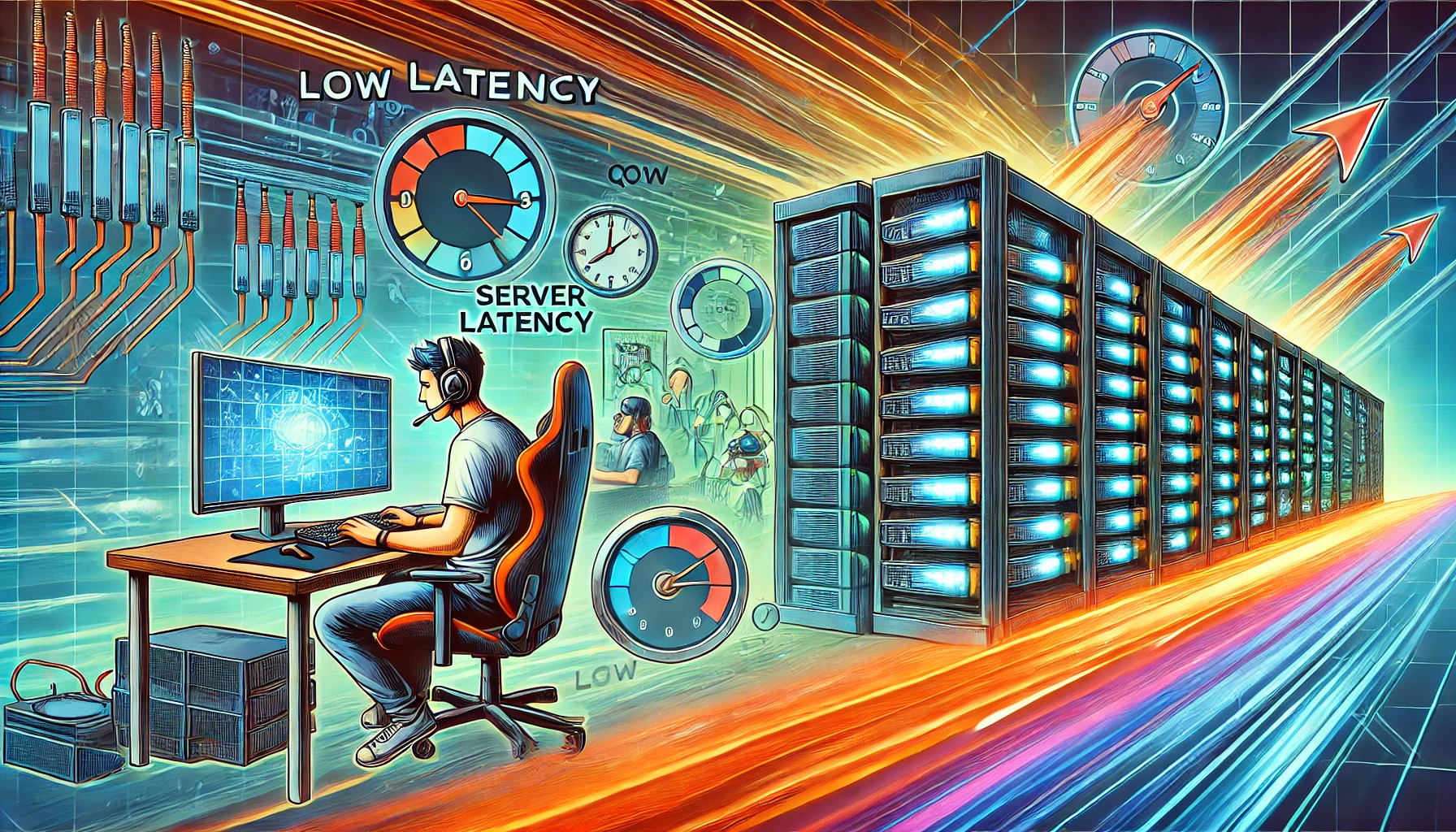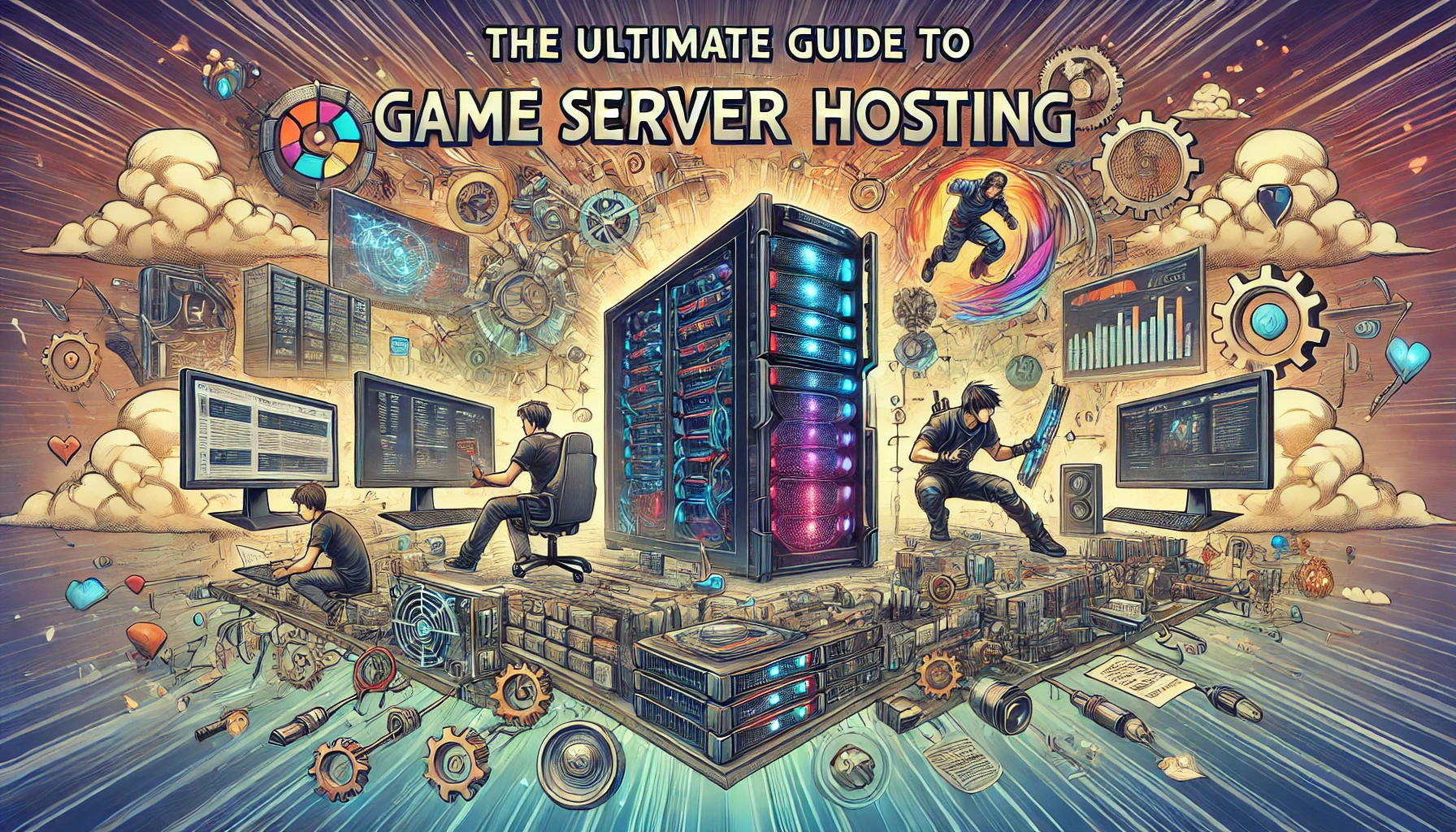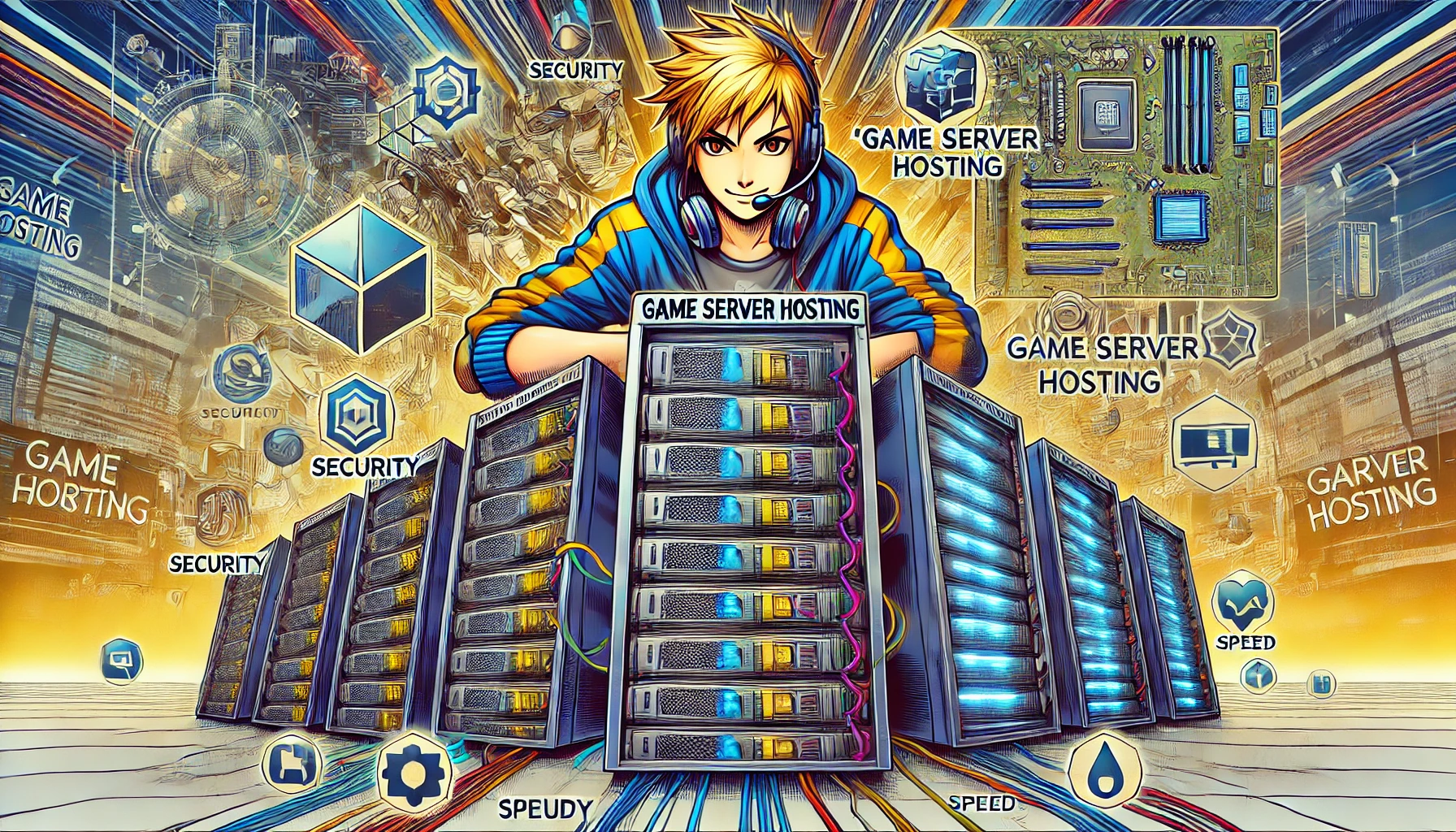In the competitive world of online gaming, the difference between victory and defeat often hinges on fractions of a second. This critical time frame is known as latency, and it plays a vital role in determining the overall gaming experience. In this article, we’ll delve into the importance of low latency in game server hosting, exploring its impact on gameplay, player satisfaction, and the broader gaming ecosystem.
Understanding Latency in Gaming
Latency, commonly referred to as “ping,” is the time it takes for data to travel from a player’s device to the game server and back. This round-trip time is measured in milliseconds (ms). High latency can result in noticeable delays, where actions performed by the player, such as shooting or moving, are not immediately reflected in the game. Conversely, low latency ensures that the game responds almost instantaneously to player inputs.
Causes of High Latency
Several factors contribute to high latency in gaming:
- Distance to Server: The physical distance between a player and the game server can significantly impact latency. Data has to travel longer distances, leading to increased round-trip time.
- Network Congestion: High traffic on the network can cause delays as data packets are queued and processed.
- Server Load: Overloaded servers can struggle to process and respond to incoming data, resulting in higher latency.
- ISP Issues: The quality and routing efficiency of an Internet Service Provider (ISP) can affect latency.
Impact of Latency on Gaming
Gameplay Experience
Low latency is crucial for providing a smooth and responsive gaming experience. In fast-paced games, such as first-person shooters (FPS), fighting games, and real-time strategy (RTS) games, even slight delays can disrupt the flow of the game. High latency can lead to issues like:
- Input Lag: Delays between pressing a button and seeing the action on screen.
- Rubberbanding: Sudden, erratic movements of characters due to delayed position updates.
- Hit Registration: Inaccurate detection of hits and misses, affecting fairness and competitiveness.
Player Satisfaction
Player satisfaction is directly tied to the quality of the gaming experience. High latency can lead to frustration and dissatisfaction, driving players away from the game. Consistently low latency, on the other hand, enhances player engagement and retention. Players are more likely to recommend and continue playing a game that offers a seamless and enjoyable experience.
Competitive Gaming and Esports
In the realm of competitive gaming and esports, low latency is paramount. Professional gamers require the fastest and most reliable connections to perform at their best. Even a small delay can mean the difference between winning and losing a tournament. Game developers and hosting providers must ensure that their servers deliver minimal latency to support the demands of competitive play.
Strategies for Achieving Low Latency
To maintain low latency in game server hosting, several strategies can be employed:
- Geographically Distributed Servers: Placing servers in multiple geographic locations ensures that players can connect to the nearest server, reducing the physical distance data needs to travel. This practice, known as edge computing, helps minimize latency for players worldwide.
- Quality Network Infrastructure: Investing in high-quality network infrastructure, including fast and reliable internet connections and efficient routing paths, can significantly reduce latency. Hosting providers should collaborate with top-tier ISPs to ensure optimal data flow.
- Load Balancing: Distributing the load evenly across multiple servers prevents any single server from becoming overwhelmed. Load balancing techniques can dynamically allocate resources based on demand, ensuring consistent performance and low latency.
- Optimized Server Hardware: Utilizing the latest server hardware with powerful processors and ample memory can enhance server performance. Faster data processing and reduced bottlenecks contribute to lower latency.
Conclusion
Low latency is a critical factor in game server hosting that directly impacts gameplay, player satisfaction, and the competitive landscape of gaming. By understanding the causes of latency and implementing strategies to minimize it, game developers and hosting providers can deliver superior gaming experiences. As the gaming industry continues to grow, the demand for low-latency solutions will only become more pronounced, making it an essential consideration for anyone involved in game server hosting.
Ensuring that players have a responsive, enjoyable, and fair gaming experience is not just a technical challenge but a cornerstone of success in the modern gaming world. Investing in low latency solutions is, therefore, an investment in the future of gaming.




